Teaching Reading Fluency – Your Questions Answered
This post contains affiliate links for your convenience. View our full disclosure policy here.
With an estimated 10 million children who struggle to read, it is even more important for teachers to take a comprehensive approach to reading instruction. A way to do this is to implement the five components of reading. Without all five components, instruction will be unsuccessful. This includes reading fluency. While it may not seem that the speed at which one reads would have an impact on overall reading success, it does. In fact, like all the others, it has a lasting impact. I’m here today to answer some important questions when it comes to teaching reading fluency.
*Pair with our Fluency Passages for Early Readers Bundle!
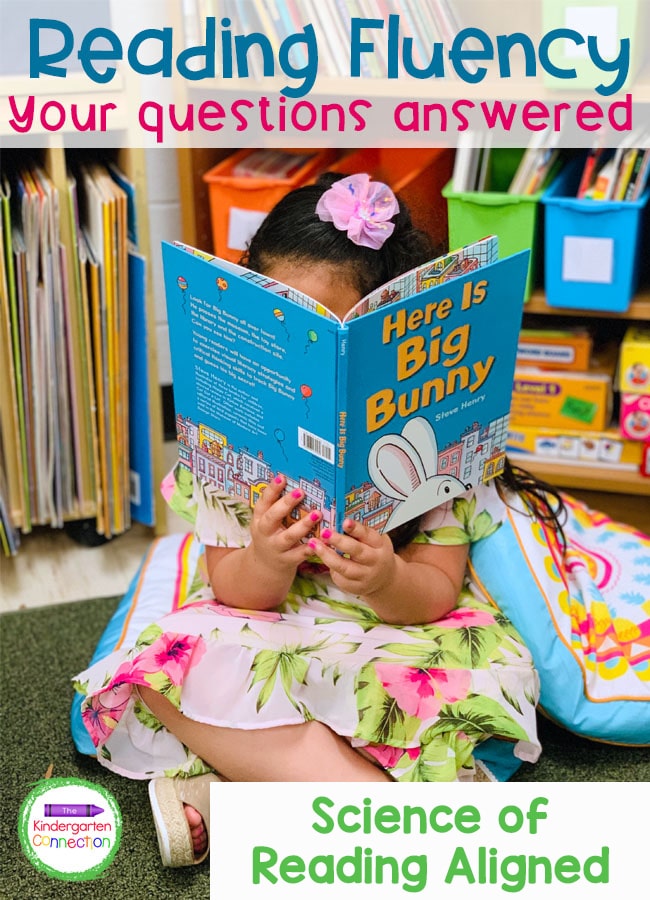
Teaching Reading Fluency – Your Questions Answered
Teaching reading is a big task. Big enough that a comprehensive approach needs to be taken, which is why research now identifies that reading instruction should include five components:
- phonemic awareness – the ability to hear, identify, and manipulate phonemes, the smallest units of sound
- phonics – the sound/grapheme relationship of letters and combinations make words and meaning
- fluency – the ability to read with ease, to read accurately, quickly, and expressively
- vocabulary – the knowledge of word meaning
- comprehension – using the four other components to conjure meaning in a written passage
Exclude one of those components and children may suffer in their reading skills and experience unnecessary difficulty in learning to read.
Phonemic awareness is the first step to effective reading instruction. You can read all about phonemic awareness in our first post of this series. I’ve also posted about phonics, vocabulary, and comprehension. Today, I’m sharing with you the importance of reading fluency, answering all your questions, and offering tips for effective teaching in fluency.
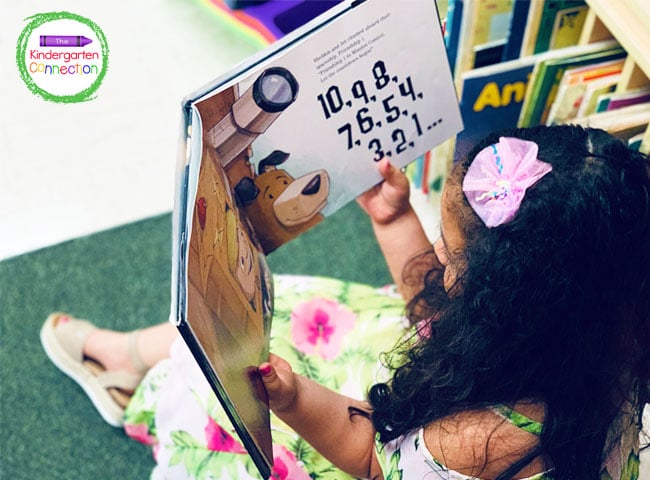
What is Reading Fluency?
Reading fluency is the speed with which a child has the ability to read a passage, their accuracy, and appropriate expression. More specifically, fluency is the following:
- rapid decoding of words (speed)
- recognizing words automatically (accuracy)
- grouping individual words into meaningful phrases (expression)
Fluency is absolutely necessary for comprehension.
Why is Reading Fluency Important?
Accurate, effortless, and expressive reading is thought of by educators as the indicator of proficient reading. However, often fluency instruction is put on the back burner in favor of one of the other five components. This is problematic because if a child’s reading is slow and labored, he will not be able to remember what he read. He will also not be able to relate to the material and gain comprehension. Of the children who are referred for reading intervention, the majority of them have significant difficulties in reading fluency. This is even more so than children that struggle with word recognition or comprehension.
This means that while a child might have the phonics skills to be able to decode a word on its own, those skills may not be translating to reading fluency. Thus, fluency of reading is not accurate or effortless.
The same is true of comprehension. Children who struggle in reading fluency may not struggle in overall comprehension. For example, a child might be able to comprehend a text read aloud to her quite easily. But when reading the same text on her own, without adequate fluency, her comprehension might plummet.
The more a child struggles to read a text, the less she will understand. So accurate, effortless, and expressive reading is very important.
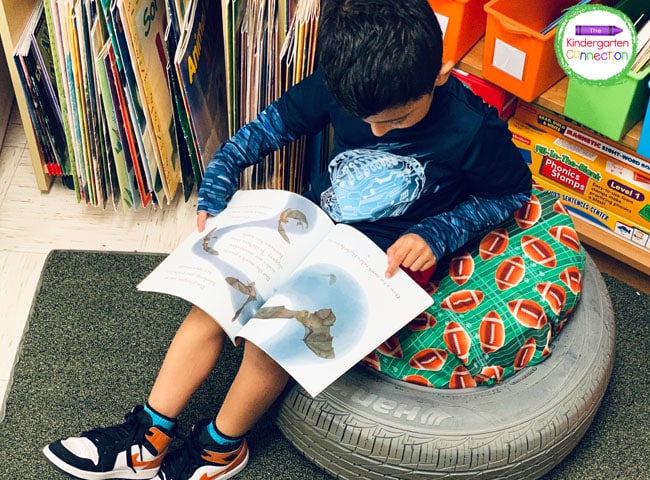
But… Fluency is Difficult
Let’s take a look at some numbers and facts.
- The average first grader will learn to read over 340 new words in that school year.
- That’s about nine words a week, almost two new words a day.
- Those 340 words do not include the 100 minimum sight words a first grader will learn to read.
Reading instruction is implemented at a rapid pace. Not unmanageable for the majority of children, but with over 440 new words to learn each year, fluency growth can be very, very difficult.
And, in grades three through five, children learn to read upwards of 800 new words a year. So if a child is struggling with fluency in kindergarten or first grade, and is not given the proper intervention, the fluency problem will only compound as the child progresses through school.
How Are Reading Fluency Skills Developed?
Simply put…through practice! Just like a pianist becomes a master by practicing the piano, children become fluent readers by reading. Struggling readers spend less time reading, and when they do read they read fewer words and make more errors. It’s discouraging.
Fluent readers are made up of the following:
- a solid base in phonological knowledge
- automatic word recognition
- the ability to apply decoding skills accurately
- the ability to divide words into meaningful chunks
And probably the most important…
- extensive practice with materials that are easy to read (Offering passages that are difficult will only discourage the reader more.)
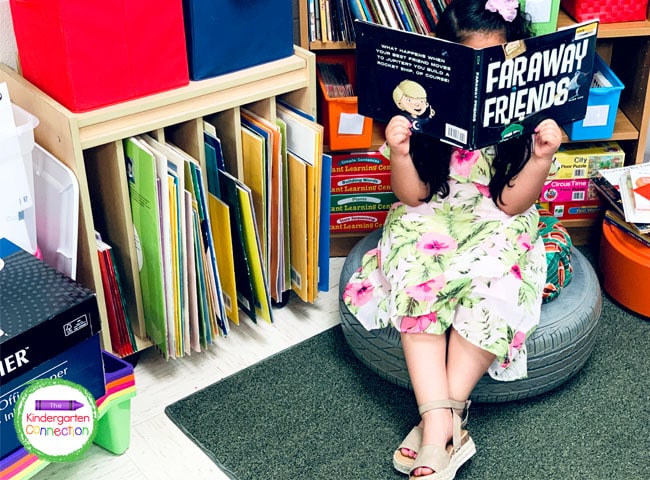
So, What Are Some Tips for Teaching Fluency?
- Allow for daily fluency practice.
- Offer materials with known words that the student can read independently.
- Practice by repeated readings. Read the same passage again and again until it is smooth and accurate.
- Offer reading activities that require repeated practice with the same text, such as reader’s theatre.
- Model. Model appropriate fluency and invite children to join you in choral reading.
- Practice with echo reading, paired reading, and shared reading.
- Practice phrase-cued reading. This is where children are taught appropriate expression by using passages with punctuation marked up.
What Else Does Research Say About Fluency?
- “Achieving fluency is recognized as an important aspect of proficient reading, but it remains a neglected goal of reading instruction.” (Richard Allington, 1983)
- “With greater fluency, readers can concentrate on comprehending what they read, develop greater self-confidence, and enjoy reading more.” (Gillet & Temple, 1994)
- “If we provide diverse learners with the tools and strategies for achieving automatic and fluent word recognition, we increase their chances for successful reading experiences.” (Chard, Simmons, & Kameenui, 1998)
- “When children are allowed to reread familiar material, they are being allowed to learn to be readers, to read in ways which draw on all their language resources and knowledge of the world, to put this very complex recall and sequencing behavior into a fluent rendering of the text. The orchestration of these complex behaviors cannot be achieved on a hard book.” (Clay, 1991)
- “Fluency is important because it bridges the gap between word recognition and comprehension.” (Ambruster, Lehr & Osborn, 2001)
What About Preschool Literacy Instruction?
Just like teaching reading in kindergarten and above consists of five important pillars of instruction, preschool literacy is also guided by its own four components. Check out these articles for more information about how to teach literacy in an early childhood classroom:
- The Big Four of Preschool Literacy Instruction: An Introduction
- The Big Four of Preschool Literacy Instruction: Print Awareness
- The Big Four of Preschool Literacy Instruction: Alphabetic Principle
- The Big Four of Preschool Literacy Instruction: Oral Language Development
- The Big Four of Preschool Literacy Instruction: Phonological Awareness
***As we continue to learn about the Science of Reading, we want to be up-to-date so that our articles are research-based. This post has recently been updated to be Science of Reading aligned.***
Guest post by Sarah from Stay at Home Educator
Want unlimited access to even MORE of our activities and resources? Join us in the Print and Play Club!
Your planning will be so much easier with instant access to:
- hundreds of printables
- every TKC resource
- video lessons
- a digital games vault
- Pre-K and TK Scope & Sequence
- a PLAYlist of fun songs AND activities
- professional development
- additional teacher resources…
Be sure to request an invitation so that you don’t miss your chance to be part of the best early childhood club around!
- The Literacy-Rich Classroom - December 15, 2022
- Teaching Phonics – Your Questions Answered - November 17, 2022
- 22 Telltale Signs of a Reading Disability - November 2, 2022

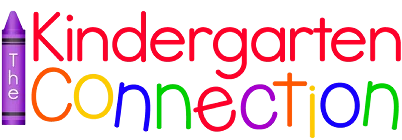

Very thankful for providing us with such valuable information which enlightens the parents doing home tutoring and us as coachers and teachers.
We’re so happy to share these resources with our amazing TKC community! Have a great day! 🙂